Ensuring the proper functionality of your dump trailer is essential in maintaining performance and safety. One critical aspect of this maintenance involves checking the fluid levels, particularly hydraulic fluid, which plays a vital role in the trailer’s operational efficiency. In this guide, we will delve into the essential procedures for checking the fluid levels on a dump trailer while enriching your knowledge about various elements of this process.
Table of Contents
Understanding Hydraulic Systems in Dump Trailers
- 1.1 What is a Hydraulic System?
- 1.2 Importance of Fluid Levels in Dump Trailers
Tools Required for Checking Fluid Levels
- 2.1 Essential Tools
- 2.2 Safety Equipment
Step-by-Step Guide to Checking Fluid Levels
- 3.1 Preparing the Trailer
- 3.2 Locating the Hydraulic Fluid Reservoir
- 3.3 Checking the Fluid Level
- 3.4 Assessing Fluid Condition
Common Issues Related to Hydraulic Fluid Levels
- 4.1 Low Fluid Levels
- 4.2 Contaminated Fluid
- 4.3 Overfilled Reservoir
Best Practices for Maintaining Fluid Levels
- 5.1 Regular Inspection Schedule
- 5.2 Seasonal Considerations
- 5.3 Recommended Hydraulic Fluids
Conclusion
Understanding Hydraulic Systems in Dump Trailers

1.1 What is a Hydraulic System?
A hydraulic system utilizes pressurized fluid to facilitate heavy lifting and moving applications. In dump trailers, this system operates the lifting mechanism, allowing the trailer bed to elevate and release loads efficiently. The hydraulic system comprises various components, including cylinders, hydraulic fluid, pumps, and valves, all working in unison to achieve the desired motion.
1.2 Importance of Fluid Levels in Dump Trailers
Maintaining correct fluid levels is crucial for the hydraulic system’s effective operation. Insufficient fluid can lead to inadequate lifting power, while excessive fluid can cause pressure buildup and potential leaks. Understanding your system’s dynamics can prevent severe mechanical failures that may incur costly repairs or pose safety hazards.
Tools Required for Checking Fluid Levels
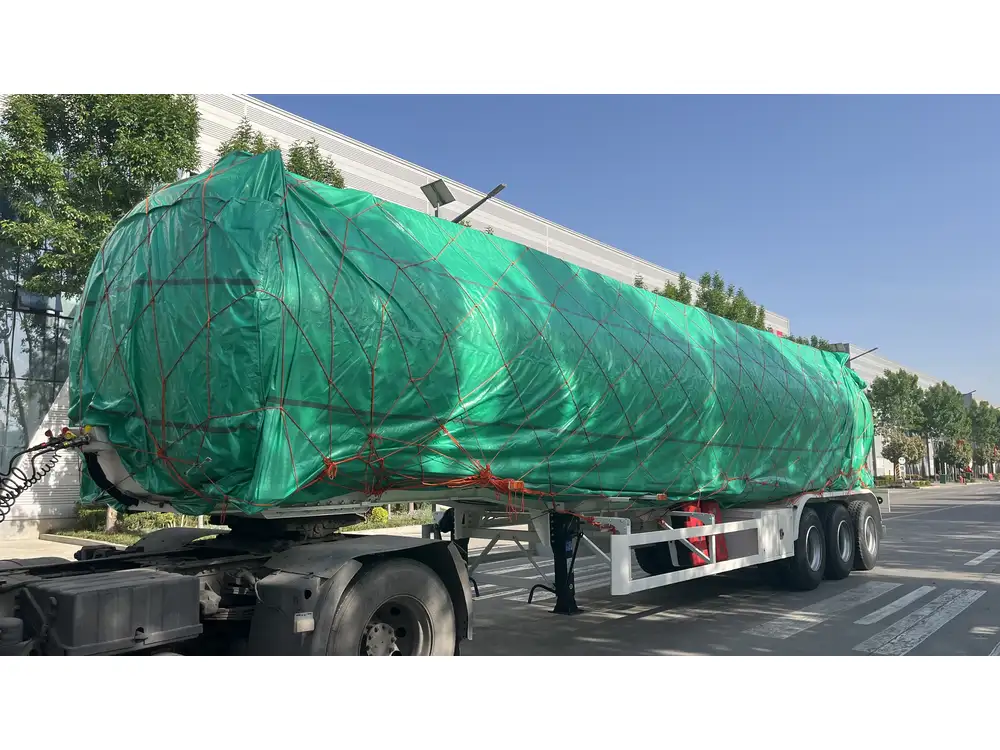
2.1 Essential Tools
Before you begin inspecting your dump trailer’s fluid levels, gather the following tools:
- Clean cloth or rag: Used to wipe any spills and for checking fluid condition.
- Hydraulic fluid dipstick: If your trailer is equipped with a dipstick; otherwise, a funnel can be used for re-filling.
- Funnel: For adding fluid if necessary.
2.2 Safety Equipment
Safety is paramount. Equip yourself with essential safety gear:
- Safety glasses: Protects your eyes from spillage.
- Gloves: Prevents skin contact with hydraulic fluids, which can be hazardous.
- Steel-toed boots: Provides foot protection from heavy components.
Step-by-Step Guide to Checking Fluid Levels
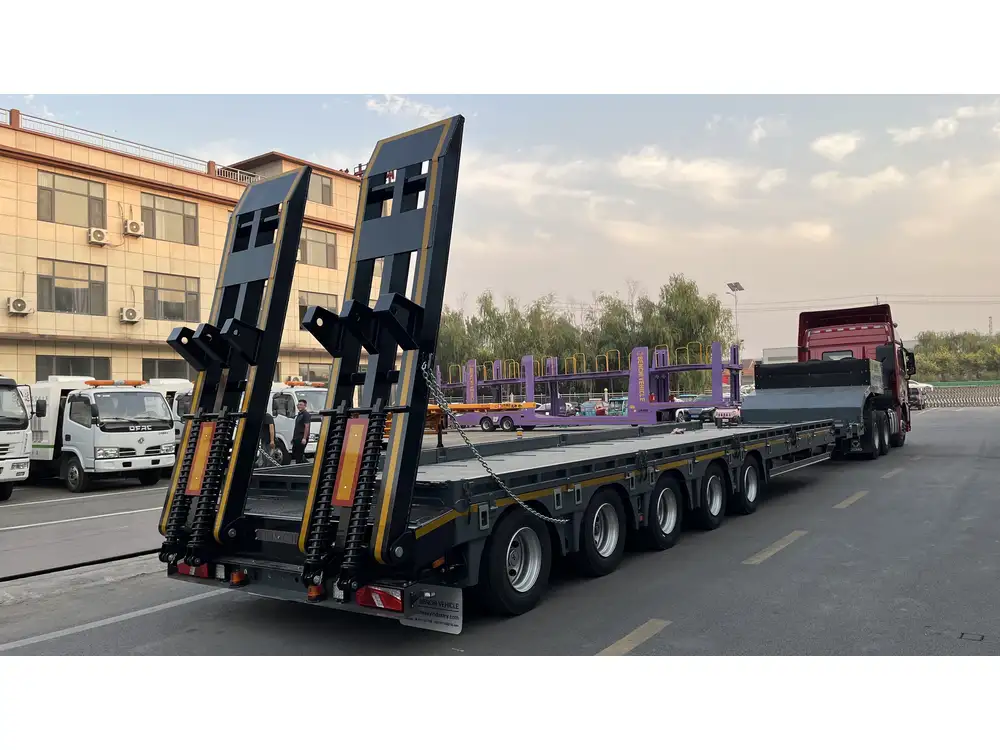
3.1 Preparing the Trailer
Prior to initiating any checks, ensure that the dump trailer is parked on a flat, stable surface. Engage the parking brake to prevent any accidental movement. Additionally, ensure the trailer is in a neutral position; this entails lowering the dump bed completely.
3.2 Locating the Hydraulic Fluid Reservoir
The hydraulic fluid reservoir is typically situated near the hydraulic pump and may be identifiable by a cap labeled with “Hydraulic Fluid” or similar. Refer to your owner’s manual for the exact location if uncertain, as configurations can vary between models.
3.3 Checking the Fluid Level
- Remove the reservoir cap: Carefully unscrew the cap to prevent contamination of the fluid.
- Dipstick measurement: If your model includes a dipstick, remove it, wipe it clean, and reinsert it into the reservoir. Remove it again and check the fluid level against the marked indicators (e.g., “Min” and “Max”).
- Visual Inspection: For those without a dipstick, visually assess the fluid level through the reservoir window. The fluid should be within the acceptable range, typically near the top of the reservoir.

3.4 Assessing Fluid Condition
Assessing fluid quality is equally important as checking levels. Look for:
- Color changes: Healthy hydraulic fluid is usually clear or slightly amber. Dark or milky appearances signal contamination.
- Debris: Presence of sediment or particles can indicate wear in the hydraulic components.
- Odor: A burnt smell could suggest overheating, necessitating immediate attention.
Common Issues Related to Hydraulic Fluid Levels
4.1 Low Fluid Levels
Low fluid levels can lead to decreased lifting capabilities, making it impossible to hoist loads properly. Always ensure that fluid levels are topped off; any consistent drop may indicate a leak needing immediate repair.
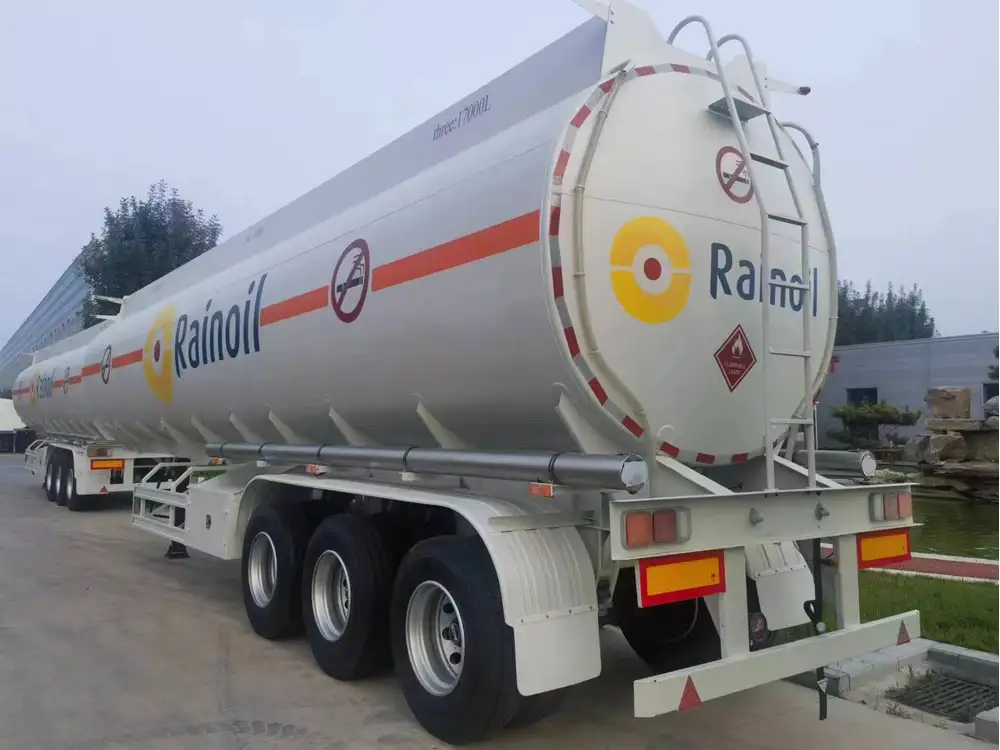
4.2 Contaminated Fluid
Hydraulic fluid contamination can result from water ingress, dirt, or wear debris from the system. Contaminated fluid can severely compromise the performance of the hydraulic system. Flushing and replacing the fluid may be necessary depending on the severity of the contamination.
4.3 Overfilled Reservoir
It may seem counterintuitive, but overfilling the hydraulic fluid reservoir can also cause issues. Excess fluid can lead to excessive pressure in the system, potentially causing seals to fail or leading to damaging leaks. Always adhere to recommended levels as indicated in your owner’s manual.
Best Practices for Maintaining Fluid Levels
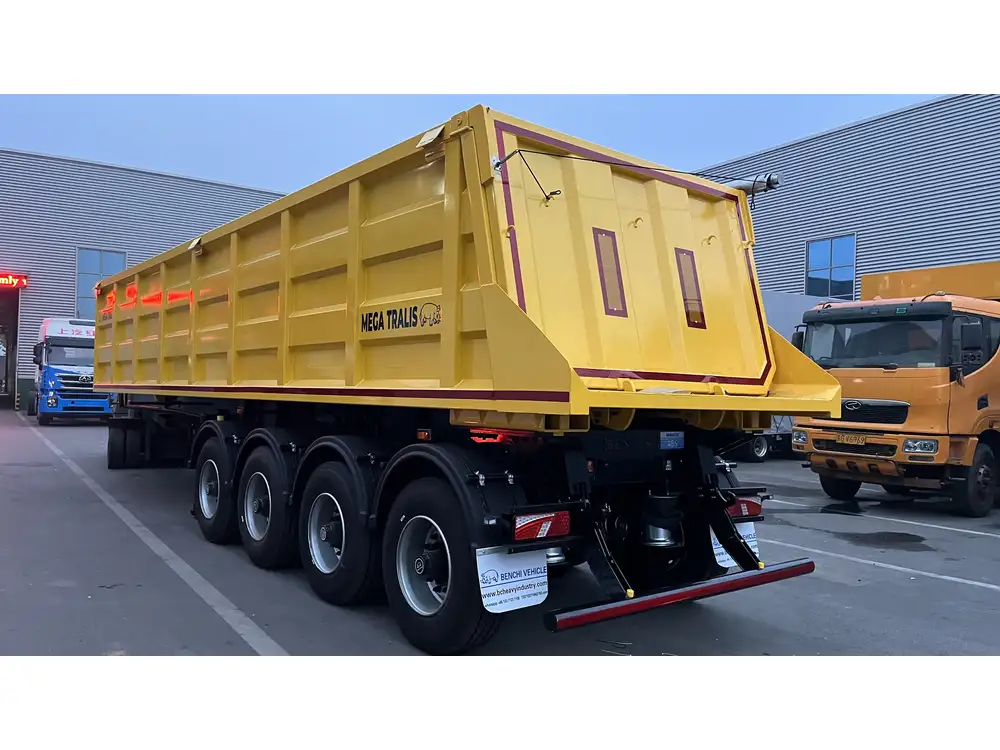
5.1 Regular Inspection Schedule
Establish a routine schedule for checking fluid levels. Depending on usage frequency, consider a bi-weekly or monthly inspection to keep your dump trailer in optimal operating conditions.
5.2 Seasonal Considerations
Be mindful of seasonal changes that may affect fluid levels. Cold weather can thicken hydraulic fluid, while excessive heat can cause evaporation. During extreme temperature fluctuations, inspect fluid levels and condition more frequently.
5.3 Recommended Hydraulic Fluids
Using the correct type of hydraulic fluid is crucial for the longevity of your hydraulic system. Always refer to the manufacturer’s specifications regarding the appropriate type and viscosity. Common types include:
- AW (Anti-Wear) fluids: Suitable for most applications due to their protective additives.
- Biodegradable fluids: An environmentally friendly option for those concerned with ecological impacts.
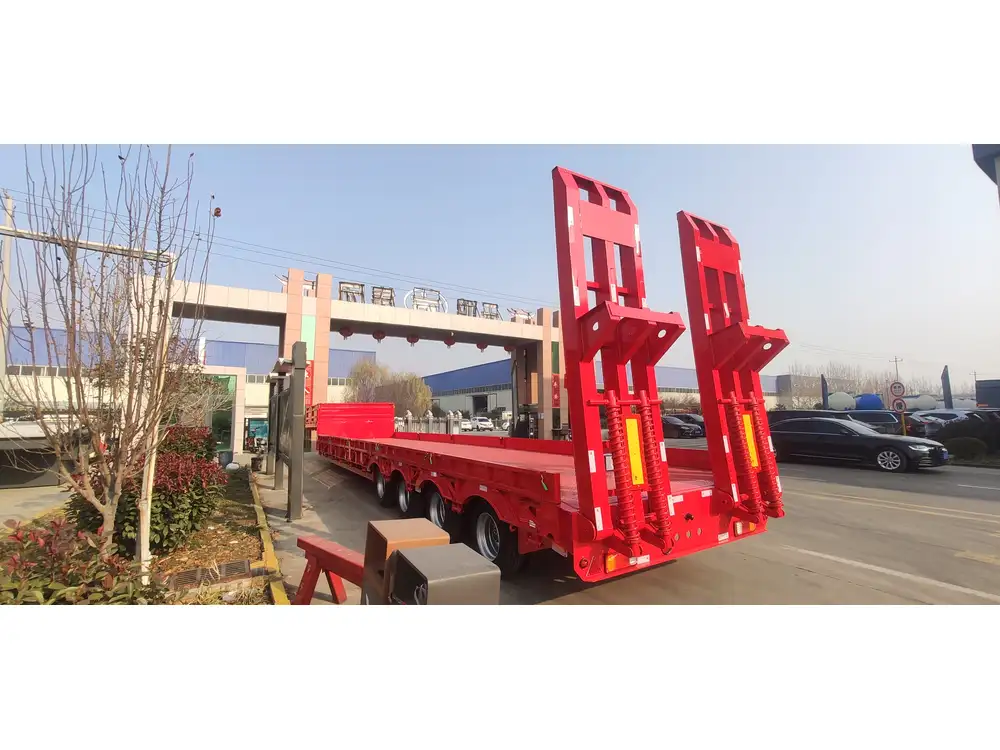
Conclusion
Checking the fluid levels on a dump trailer is a vital maintenance procedure that ensures operational efficiency and safety. Adhering to a systematic approach involving the right tools, safety precautions, and regular inspections will mitigate potential issues and extend the longevity of your equipment. By understanding and acting on the principles outlined in this article, you’ll not only enhance the performance of your dump trailer but also contribute positively to the safety and efficacy of your operations. For those engaged in heavy-duty work, this knowledge is an invaluable component of routine trailer maintenance.



